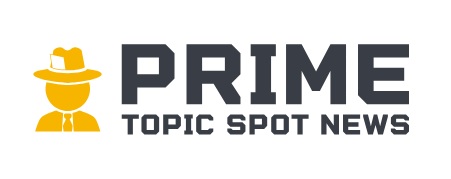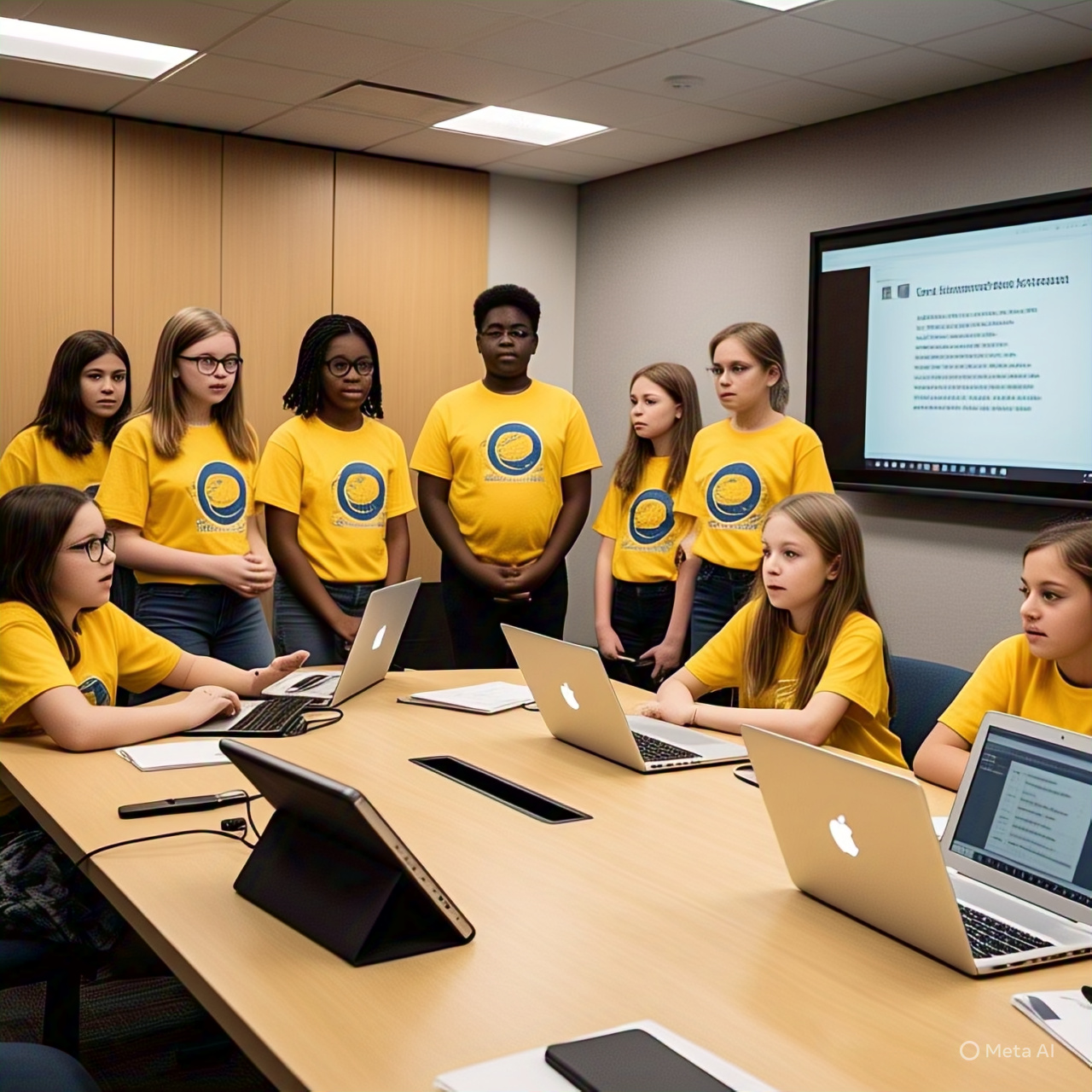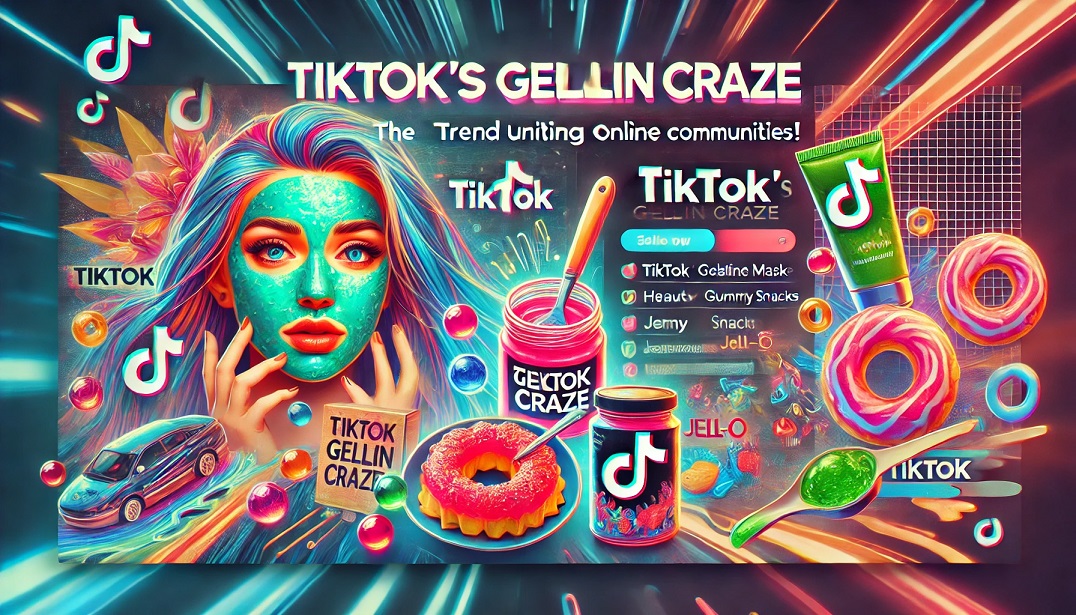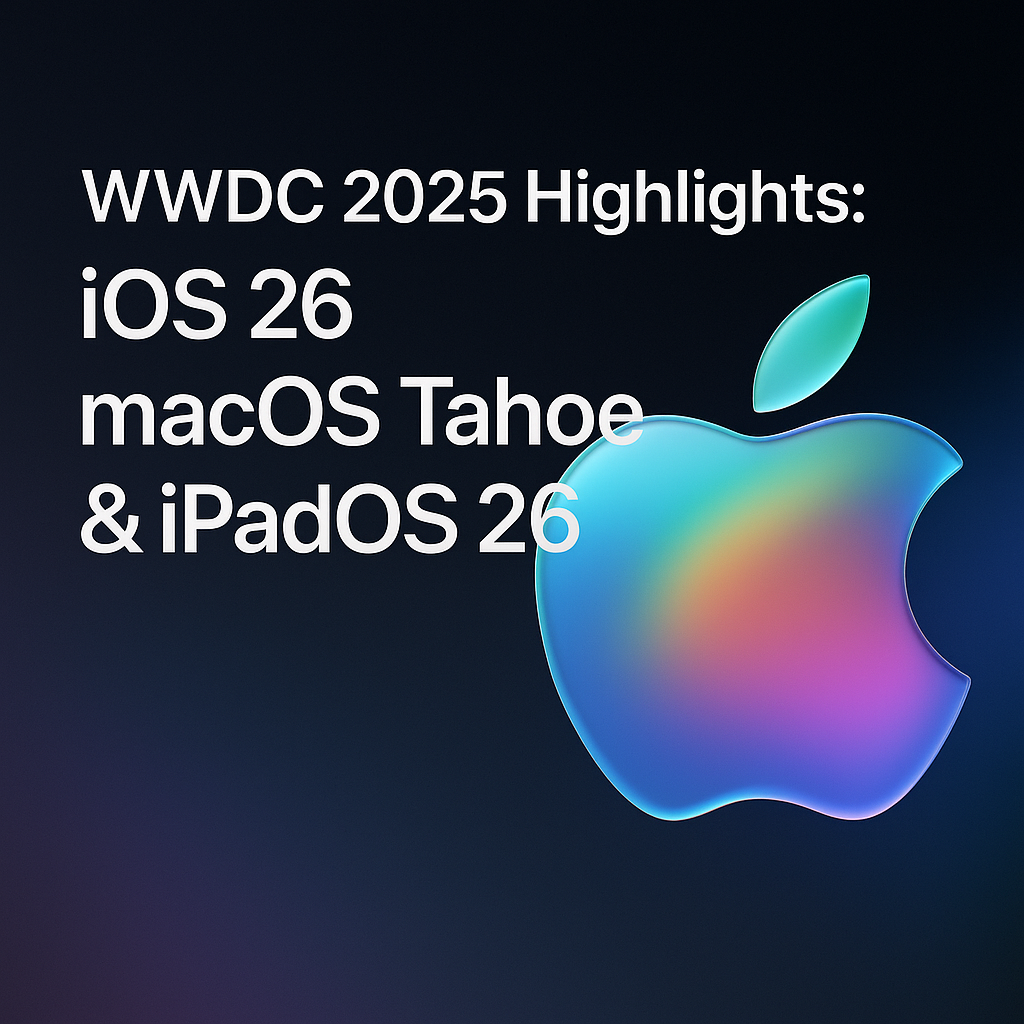The online community building market is witnessing a historic surge, as businesses across industries adopt digital-first engagement strategies. A new industry analysis released today outlines a bold forecast: from 2025 to 2032, the community-building services industry is set for explosive growth, with double-digit CAGR expected across multiple regions. This growth isn't just numerical—it's cultural, technological, and strategic.
With community platforms now viewed as critical to brand experience, customer loyalty, and creator economies, stakeholders are investing more than ever into forums, digital discussion hubs, customer networks, and private member platforms. Whether it's a tech brand launching a product feedback group, a wellness coach nurturing a support community, or a nonprofit building advocacy coalitions—online community infrastructure is now foundational.
🌍 Global Boom: Forecasting a Multi-Billion Dollar Market by 2032
By the start of 2025, the global online community platform market was valued at over USD 5 billion, and industry reports now project it to exceed USD 13 billion by 2032. The Compound Annual Growth Rate (CAGR) hovers between 11% to 15%, depending on regional and segment variations.
This expansion is driven by four dominant forces:
- Digital transformation across industries, where organizations now rely on owned communities to reduce social media dependency.
- Customer engagement demands, requiring platforms to be more interactive, supportive, and personalized.
- The rise of the creator economy, pushing independent entrepreneurs to form niche fanbases and paid membership hubs.
- Technological breakthroughs such as AI, analytics, and mobile-native interfaces, which streamline moderation, insights, and experience.
The market is evolving rapidly, shifting from traditional static forums to dynamic, immersive ecosystems designed for engagement, commerce, collaboration, and long-term loyalty.
🧩 Service Segments: What the Industry Actually Offers
The online community building services industry is categorized into several strategic offerings. Each category responds to a specific business, marketing, or cultural need.
✨ Online Community Management Services
This involves end-to-end support for companies and organizations wanting to establish, maintain, or scale an online community. Services include:
Community design, moderator training, content planning, engagement strategy, crisis response, and growth tracking.
Agencies offering these services tailor platforms like Khoros, Vanilla Forums, or Tribe to suit the brand’s tone and user experience needs.
📲 Social Media Community Building
This sub-segment focuses on building micro-communities within existing social platforms, such as Facebook Groups, LinkedIn Communities, Reddit Channels, and Telegram circles. Community managers optimize engagement, protect brand voice, and encourage safe dialogue.
With algorithms becoming less reliable for organic reach, social communities serve as a buffer and direct pipeline to users.
🛠️ Community Activation & Loyalty Programs
Here, the focus is on increasing participation using gamification, point systems, user recognition, challenges, ambassador programs, and exclusive content. These services are crucial for creators, brands, and nonprofits who want long-term, active members rather than passive followers.
🏆 Leading Platforms & Providers Shaping the Space
The industry is populated by major technology providers and emerging disruptors. Some of the leading names in community platform development and community strategy services include:
Lithium Technologies – Known for robust customer support communities
Sprinklr – Integrates marketing, research, and engagement
Khoros – Advanced analytics and omnichannel integration
Salesforce Community Cloud – Enterprise-focused with Salesforce ecosystem
Vanilla Forums – Popular for flexible, hosted communities
Tribe, Circle, Mighty Networks, Higher Logic, and Disciple – Powerful options for creators, SaaS firms, and B2B networks
These platforms are complemented by agencies offering white-glove onboarding, moderation setup, and strategic consulting. The competitive landscape is expanding, with newer players offering AI tools, plug-and-play features, SEO optimization, and native monetization integrations.
🚀 Regional Growth: Who’s Leading the Surge?
🇺🇸 North America
North America leads the market in revenue and maturity. By 2025, it holds nearly 40% of total market share. Strong adoption by tech firms, healthcare organizations, universities, and SaaS startups keeps demand steady. The presence of tech giants also drives innovation.
🇨🇳 Asia-Pacific
The Asia-Pacific region is projected to grow the fastest, with CAGR exceeding 15%. Countries like India, China, Indonesia, and Philippines are seeing explosive mobile-first adoption. Education tech, gaming guilds, and small business communities are booming.
🇪🇺 Europe
Europe is showing diverse but strong growth, especially in Germany, France, and Scandinavia. Privacy-conscious users and progressive nonprofits are turning to private forums and GDPR-compliant tools.
🌍 Latin America, Middle East & Africa
These regions show promising adoption in civic engagement, faith-based networks, and creator economies. Language-localized platforms are becoming essential.
🤖 How Technology is Fueling the Community Revolution
Modern community tools go beyond hosting discussions—they offer behavior analytics, sentiment tracking, and user segmentation. Technology now enables a much richer experience:
💡 AI Personalization
Machine learning algorithms suggest content, connect users with shared interests, and auto-curate feeds for maximum relevance.
🧠 Smart Moderation
AI helps detect spam, toxicity, or policy violations in real-time—reducing moderator fatigue and increasing platform safety.
📊 Real-Time Analytics
Admins get access to metrics such as churn risk, member lifetime value, discussion quality, and trend mapping. These insights drive smarter decision-making.
📱 Mobile Optimization
Modern users demand real-time, mobile-first experiences. From chat apps to app notifications, mobile access is non-negotiable.
🛒 Monetization & Integrations
Platforms now include paywall systems, e-commerce plugins, donation buttons, and ticketing for virtual events. Community owners can earn while they build.
📈 Use Cases Across Industries
Online communities are not limited to tech or social creators. Every sector is discovering unique benefits:
Healthcare: Patient communities, condition-specific forums, and telehealth support spaces.
Education: Alumni groups, peer tutoring hubs, curriculum discussions.
Finance: Investor circles, fintech feedback loops, budgeting clubs.
Retail & E-commerce: Product launch groups, loyalty clubs, review systems.
Gaming: Guild management, fan lore communities, early-access drops.
Spiritual/Religious Organizations: Sermon discussions, prayer circles, local event planning.
Nonprofits: Volunteer coordination, cause amplification, youth engagement.
📌 Key Trends to Watch (2025–2032)
1. 🎯 Rise of Micro-Communities
Small, focused communities built around specific goals or passions are gaining traction. Their size allows for intimacy, accountability, and higher engagement.
2. 🧑🎤 The Creator-Centric Ecosystem
Creators are building private spaces for superfans. This means less reliance on platforms like YouTube and Instagram—and more control over data, pricing, and messaging.
3. 🧬 Communities as Brands
Some communities are now standalone brands. From digital collectives to activist pods, members identify with the community first—products and services come later.
4. 🌐 Immersive Virtual Worlds
VR and AR are slowly entering the space. Imagine community forums as 3D spaces, product launches in virtual auditoriums, or spiritual discussions around virtual campfires.
5. ⚖️ Governance and Policy
As communities scale, rule-making, moderation policies, and governance models will evolve. Transparent constitutions, voting mechanisms, and user councils are becoming common.
💼 Why Community Building is Now Business Critical
If you're still thinking of online communities as side-projects or PR channels, it's time to reconsider.
- Owned communities reduce marketing spend: They replace ad-dependent models with self-sustaining engagement loops.
- They drive product innovation: Feedback comes from actual users in real time.
- They create brand defenders: Active members become volunteers, not just consumers.
- They increase retention: Communities hold people longer than content or pricing strategies alone.
For startups, creators, corporations, or NGOs, community isn’t just a nice-to-have—it’s a core strategic asset.
















Comments 0